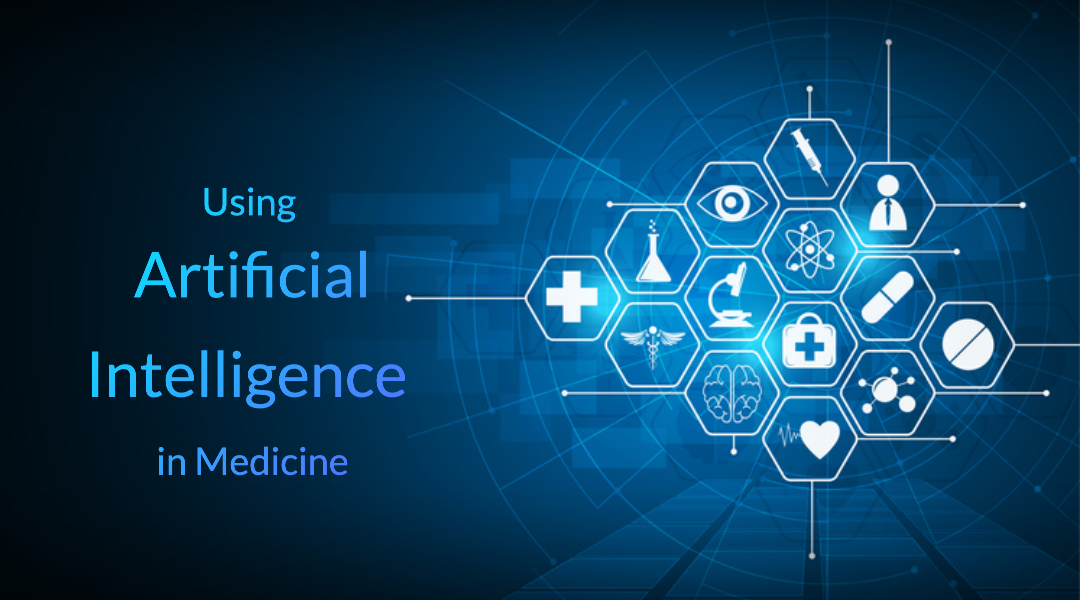 Artificial Intelligence (AI) refers to the ability of a computer or computer controlled machine to think and reason like a human. AI is already pervasive in our society, and is mostly famously displayed by the Google driver-less cars that travel down the road with no human intervention. Although AI has been slow to work its way into medicine, glucose control in ICU patients represents an excellent opportunity to introduce this technology to the bedside clinician, as the ICU is a highly structured environment with minute to minute oversight provided by the bedside nursing staff. To date, AI in medicine has been mostly limited to tasks such as image analysis. In this scenario, machine learning algorithms are fed thousands of images that have already been read by a human expert for purposes of training the machine learning algorithms on the image characteristics of each disease state (e.g., breast cancer on a mammogram or lymphoma on a histology slide). Once initially trained, the machine algorithms are fed thousands more images for the purpose of updating their algorithms until they are able to achieve a very high success rate in making a correct diagnosis. This technique works well in xray interpretation in the field of radiology and histology slide interpretation in the field of pathology, with well trained machine learning algorithms now being able to outperform well trained physicians. However, deployment of AI in closed loop control systems in medicine has enjoyed only limited success to date. The main foray in this area has been in the field of anesthesia, whereby the bispectral index of brain wave activity has been used to adjust the depth of anesthesia. Closed loop control in anesthesia is actually a very complex problem as the control system has to not only account for the depth of anesthesia as measured by the bispectral index, but also the effect of the anesthesia medications on vital signs such as heart rate, blood pressure and cardiac output. To date, there has been limited use of closed loop control systems in anesthesia. Closed loop glucose control turns out to be a simpler problem to handle than anesthesia, as the level of glucose does not directly affect vital signs or organ function, unless it is extremely low. Thus, the closed loop system merely has to handle the glucose level as it relates to the physician prescribed range (e.g., 100-140 mg/dL), the glucose rate of change, and the current intravenous doses of insulin and dextrose (glucose) being used by the glucose control system. The AI based Artificial Pancreas system being developed by Ideal Medical Technologies (IMT) has been given the name FUSION, and uses software that adjusts the doses of intravenous insulin/dextrose (glucose) infusing into the patients on an every 5-10 minute basis. This frequency of adjustment was chosen as it mimics the frequency of insulin adjustment used by the native pancreas, and the frequency of glucose output adjustment from the liver. In fact, the FUSION systems glucose control software attempts to mimic the native pancreas/liver in all respects, from the timing of insulin/glucose release to how quickly it can raise or lower its doses of insulin/glucose flowing into the patient, based on the glucose dynamics of each patient. The glucose control software of the FUSION system exhibits biomimicry, since it attempts to copy the native system as much as possible. Given that the rules (algorithms) making up the FUSION systems glucose control software were developed by an experienced ICU physician who is also a domain expert in ICU glucose control, this software should be considered an expert based rule system. Expert based rule systems are considered a form of artificial intelligence. |